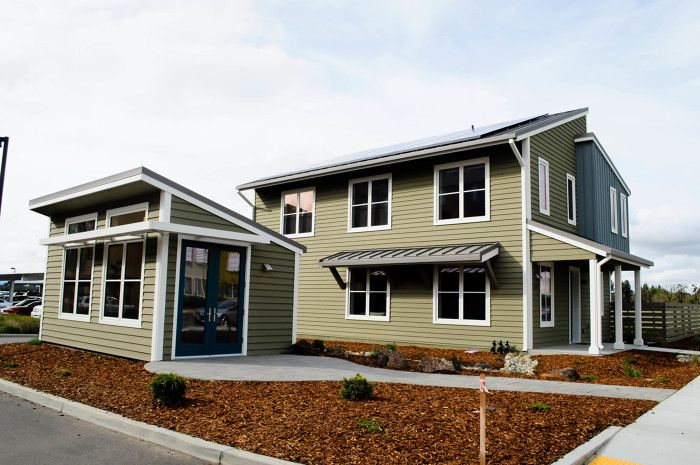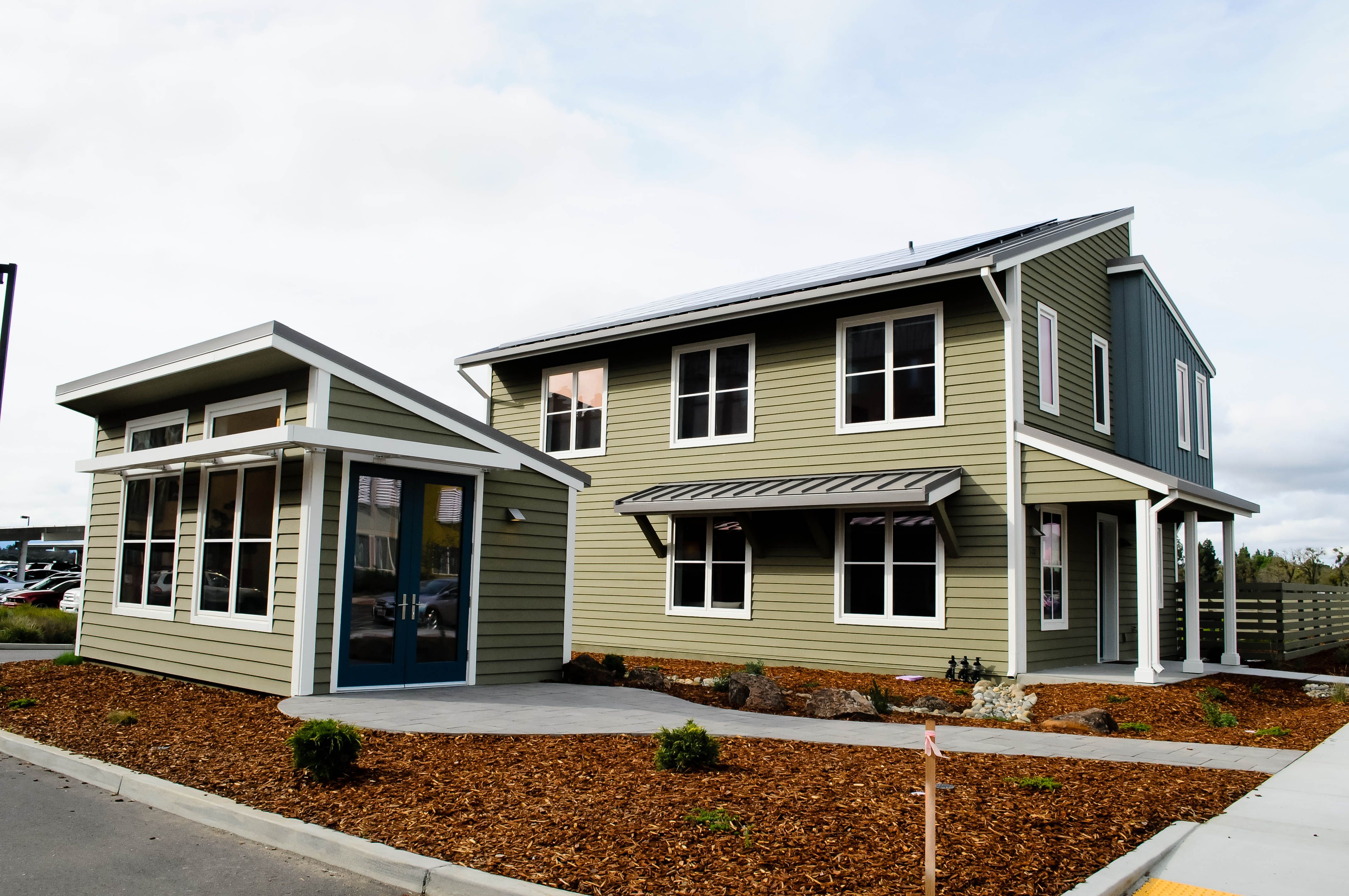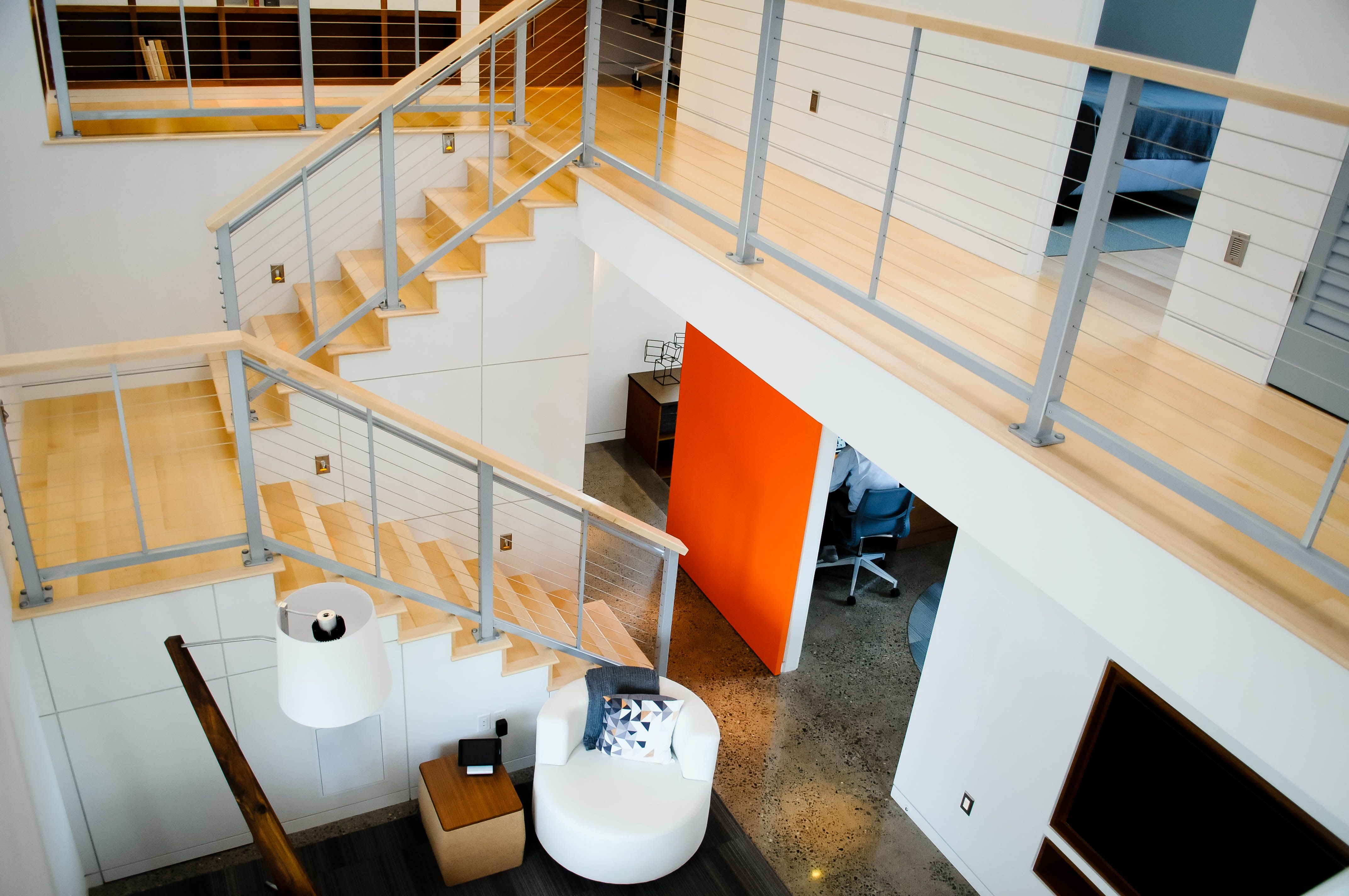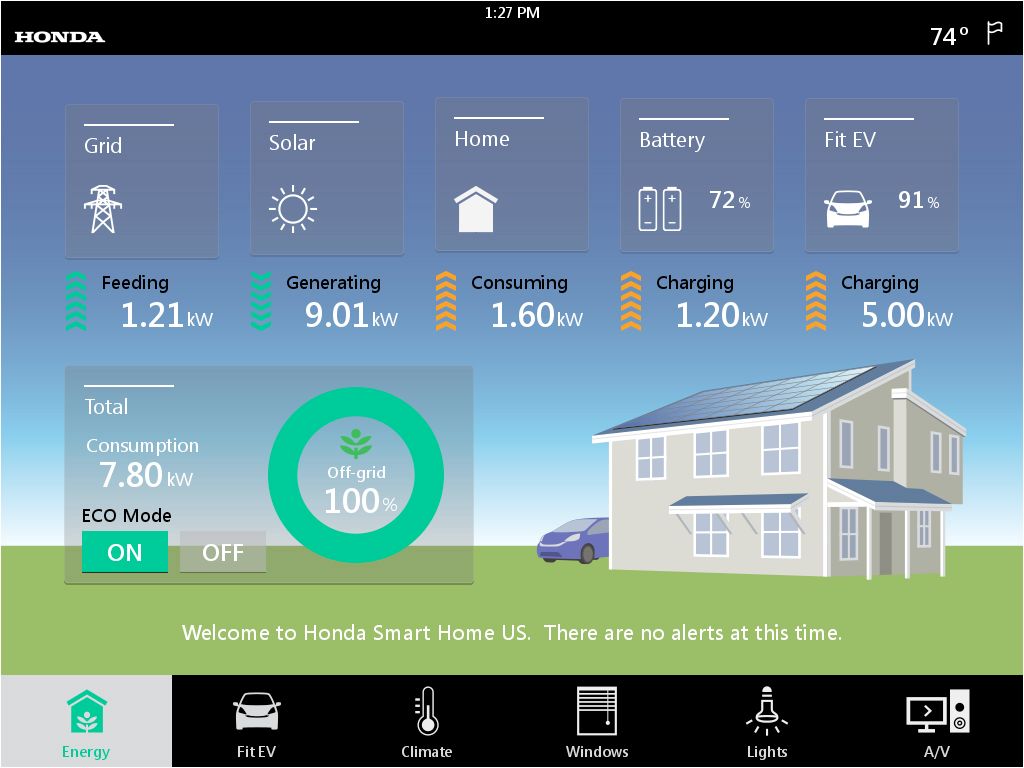
Honda’s long list of consumer products already includes cars, outboard motors, portable generators, motorcycles, and lawnmowers, so why not houses?
The company in March opened the doors to the first Honda Smart Home, a high-tech, net-zero energy house on the West Village campus of the University of California, Davis. It comes with many features that are becoming standard in high-performance houses–geothermal heat, a roof-mounted photovoltaic system for electricity, a gray-water system for watering plants, triple-paned windows. Plus, there’s a Fit electric car in the garage.
The 1944-sq.-ft., two-bedroom house is designed to produce all of the power it needs, including enough juice to keep the car charged.
Honda isn’t planning on building replicas of the house elsewhere, or licensing others to do so, says Marcos Frommer, Honda’s corporate affairs and communications manager. It’s intended as a demonstration project only.
“It allows us to engage with the public and the technical community about a zero-carbon future while allowing us to research potential future solutions,” Frommer said in an email. “Honda will be making available, for free, our architectural drawings and complete specifications so that others may conduct similar research, or build this house for their own personal use.”
Honda didn’t say how much the house cost to design and build. Construction started in April 2013 and the house opened on March 26.
Carbon reduction is a key part of the design
Together, homes and light-duty vehicles now contribute roughly 44% of total U.S. greenhouse gas emissions, Honda said, and bringing that number down is one of the project’s main objectives.
In a detailed description of the house, Honda said it expected the house would generate a surplus of 2.6mwh of electricity per year for a net offset of 6 1/2 tons of carbon dioxide (CO2). When the electric car is added to the equation, Honda said the total avoided emissions should rise to nearly 12 tons of C02.
Honda looked for carbon savings wherever it could find them, including the concrete used in the post-tensioned slab. Making cement from limestone by heating it up in giant kilns is responsible for about 5% of global C02 emissions, Honda said. So half the cement in this concrete was replaced with a substance called pozzolan.
Energy management system can talk to the grid
The company developed a home-energy management system that monitors and controls the generation and use of electricity. The electrical system, which includes a 10kwh battery in the garage, is designed to minimize the home’s impact on the grid by responding to changing conditions. If the grid gets overloaded, for example, the system can reduce consumption in the house and send power out to the grid.
The Honda Fit has been modified to accept d.c. current directly from the 9.5kw solar array, which the company said is more efficient than converting the direct current to alternating current as would normally be the case. When making power at full capacity, the panels can charge the car’s batteries in two hours.
Some of the other features include:
- Double-stud wall construction. Above-grade exterior walls are made from two 2×4 stud walls on 24-in. centers designed to eliminate thermal bridging except at the fire blocking. The 9 1/2-in. wall cavities are insulated with cellulose (R-31).
- Triple-glazed windows. The argon-filled casements are manufactured by Alpen.
- A truss roof with a vented roof deck insulated to R-60 with cellulose.
- Rigid foam under the concrete slab, totals R-10.
- Air tightness. The house tested at 2.0 ACH50 (air changes per hour at -50 Pa).
- Lumber. All lumber used in construction came from forests certified by the Forest Stewardship Council.
- Water management. There are dual-flush toilets, and low-flow faucets at sinks and showers in the 2 1/2 baths. Outside, xeriscaping is irrigated exclusively with filtered gray water.
- Light system. LED lighting developed with researchers at the California Lighting Technology Center mimics the natural shift in daylight from morning until night. The company calls the “circadian color control logic.”
Honda said it would seek certification from LEED for Homes, the National Green Building Standard and Energy Star.
Someone from the UC-Davis community will be living in the house. The name wasn’t announced.
Fine Homebuilding Recommended Products
Fine Homebuilding receives a commission for items purchased through links on this site, including Amazon Associates and other affiliate advertising programs.

Affordable IR Camera

Reliable Crimp Connectors

8067 All-Weather Flashing Tape





























